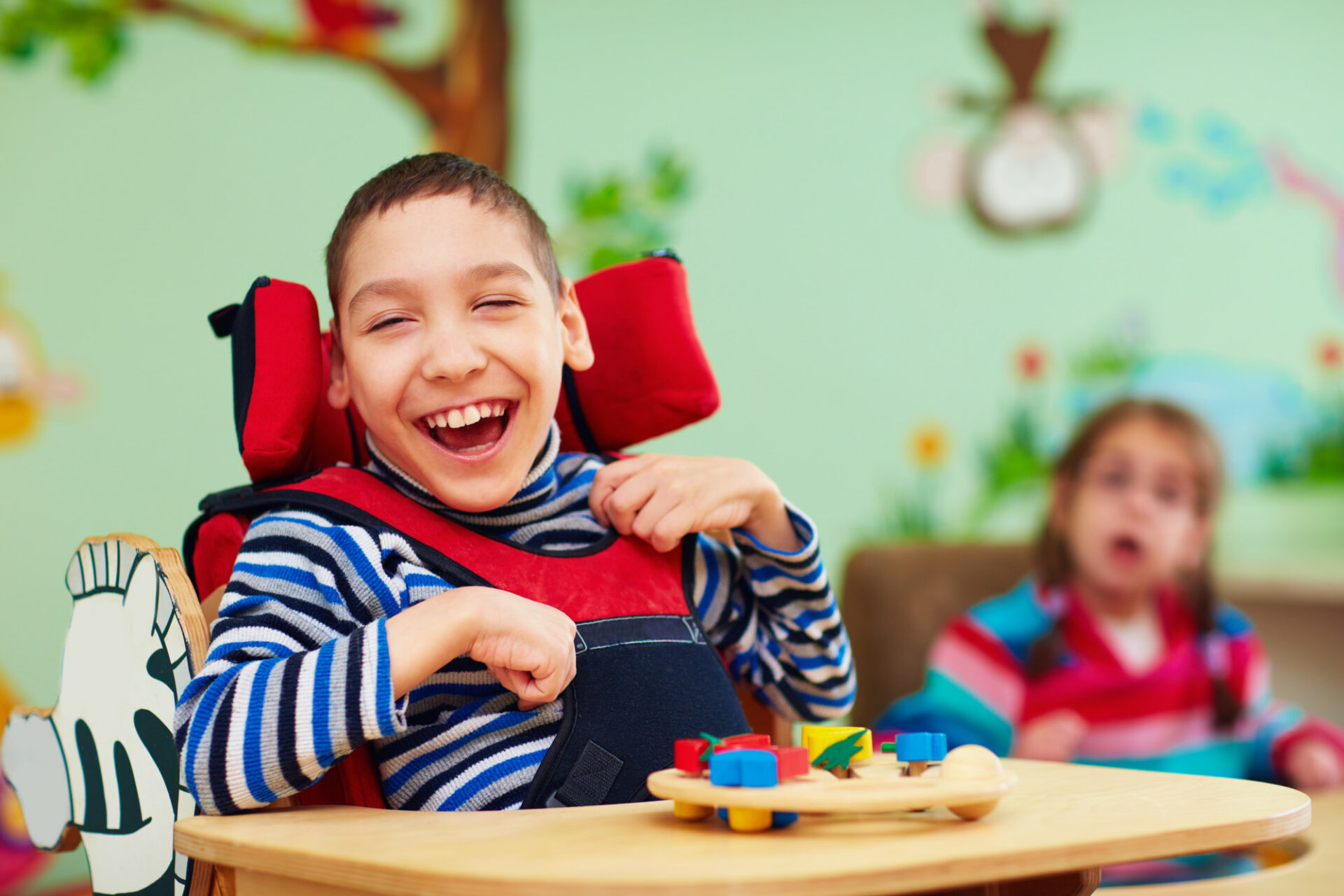Understanding the Range: A Comprehensive Guide to Autism Recognition
Understanding the Range: A Comprehensive Guide to Autism Recognition
Blog Article
Checking Out Autism: Methods for Efficient Interaction and Communication
Effective interaction and interaction with people on the autism range require a comprehensive understanding of their distinct demands and preferences. The intricacies of these techniques disclose further factors to consider that merit exploration, specifically in how they can be adapted to private experiences and varied contexts.
Recognizing Autism Spectrum Condition
Autism Spectrum Condition (ASD) incorporates a series of neurodevelopmental problems identified by challenges in social interaction, communication, and recurring actions. The term "spectrum" reflects the diverse symptoms and differing levels of severity experienced by individuals with ASD. While some may display substantial problems, others might display high-functioning characteristics, enabling for higher freedom in day-to-day life.
The onset of ASD usually happens in very early youth, with indicators usually recognizable by age two. Early indicators may include delayed speech development, limited eye contact, and difficulties in understanding social hints. The precise etiology of ASD continues to be vague, study suggests a combination of ecological and hereditary variables plays a vital duty in its development.
As an outcome, treatments and support customized to specific needs are crucial for fostering communication and social abilities. Recognizing the complexity of ASD is essential for promoting understanding, approval, and reliable techniques that assist in purposeful interactions with individuals on the spectrum.

Value of Clear Interaction
Effective communication is essential for fostering understanding and connection, especially for people with Autism Range Problem (ASD) Clear communication not only assists in social communications yet also enhances the individual's capability to share their feelings, demands, and ideas. For people with ASD, the subtleties of language can usually be testing; therefore, making use of unambiguous and straightforward language is important.
Furthermore, clear communication helps reduce aggravation and stress and anxiety that may occur from misunderstandings. When messages are conveyed in a direct and consistent way, individuals with ASD are better equipped to interpret information properly, which can significantly boost their social interaction and involvement in various setups.
Developing routines and using aesthetic supports can further bolster clear interaction. These techniques provide people with predictable frameworks that assist comprehension and retention of information. In addition, actively being and paying attention client throughout interactions advertises a helpful environment where people with ASD feel valued and recognized.
Eventually, focusing on clear interaction not only encourages individuals with ASD yet also cultivates more purposeful connections with their peers, caretakers, and the larger area, paving the way for inclusive communications and collective relationships. - autism
Non-Verbal Communication Methods
Interaction extends past words, and for individuals with Autism Range Problem (ASD), non-verbal hints play a significant function in communications. Non-verbal communication methods can consist of faces, gestures, body movement, and eye contact, all of which function as important parts for conveying emotions and intents.
Comprehending and analyzing these non-verbal signals can boost interactions with individuals with ASD. A cozy smile or open stance can create a welcoming atmosphere, motivating interaction. In a similar way, using visual aids-- such as photo cards or icons-- can link interaction voids and help convey messages better.
It is additionally vital to be conscious of individual area, as people with ASD may have different convenience degrees pertaining to closeness. Observing their responses to physical nearness can inform appropriate adjustments.

Producing Helpful Environments
Developing a helpful environment is critical for get more promoting positive communications and enhancing the health of individuals with Autism Range Disorder (ASD) Such atmospheres can substantially reduce stress and anxiety and create a sense of safety, enabling people to express themselves extra easily.
To attain this, it is vital to think about sensory sensitivities that people with ASD might experience. Changing the physical area to consist of soft lighting, marginal background noise, and comfy seats can produce a relaxing atmosphere. Furthermore, making use of consistent routines and clear aesthetic timetables can help individuals expect changes and decrease uncertainty, more advertising comfort.
Social spaces must be structured to decrease frustrating stimuli while offering chances for involvement in recommended activities. Helping with areas assigned for peaceful time can additionally function as a haven why not try these out during moments of tension. Significantly, integrating components of selection encourages people, permitting them to work out firm in their atmosphere.

Motivating Social Communications
Cultivating social communications amongst people with Autism Range Problem (ASD) calls for willful strategies that prioritize comfort and engagement. Establishing foreseeable regimens can help in reducing anxiousness, making social setups extra friendly. Developing organized settings with specified functions and obligations allows people to involve without the frustrating pressure of unstructured social characteristics.
Including rate of interests and staminas into social tasks can work as a driver for interaction. For example, arranging team activities around shared leisure activities or subjects of fascination can facilitate all-natural discussions and connections. Furthermore, using visual assistances, such as social scripts or photographic routines, can help in comprehending social hints and assumptions.
Designing proper social behaviors is crucial - autism. Peers and adults need to demonstrate reliable communication strategies, including energetic listening and turn-taking. Role-playing situations can additionally supply a secure area for people to practice these abilities
Lastly, promoting peer relationships with comprehensive practices is crucial. Motivating inclusive playdates or team getaways can produce possibilities for socialization in a comfortable setup. By implementing these caretakers, educators and techniques can dramatically enhance social interactions for individuals with ASD, promoting their general social growth and health.
Final Thought
Finally, efficient communication and interaction strategies are essential for sustaining people with Autism Spectrum Problem. Stressing clear language, integrating non-verbal cues, and developing predictable routines dramatically improve engagement and lower stress and anxiety. Creating encouraging atmospheres fosters secure social interactions, while urging shared passions promotes meaningful connections. Ultimately, these approaches empower individuals with autism to navigate social landscapes, advertising their overall health and enabling the growth of long lasting partnerships.
Effective communication and interaction with people on the autism spectrum necessitate a detailed understanding of their distinct requirements and preferences. Clear interaction not only promotes social interactions however additionally boosts the individual's ability to reveal their feelings, ideas, and demands.Fostering social interactions among individuals with Autism Spectrum Disorder (ASD) needs deliberate methods that focus on comfort and interaction. By carrying out these caregivers, educators and strategies can considerably enhance social interactions for people with ASD, advertising their general social development and health.
In verdict, efficient communication and communication approaches are crucial for sustaining individuals with Autism Range Condition.
Report this page